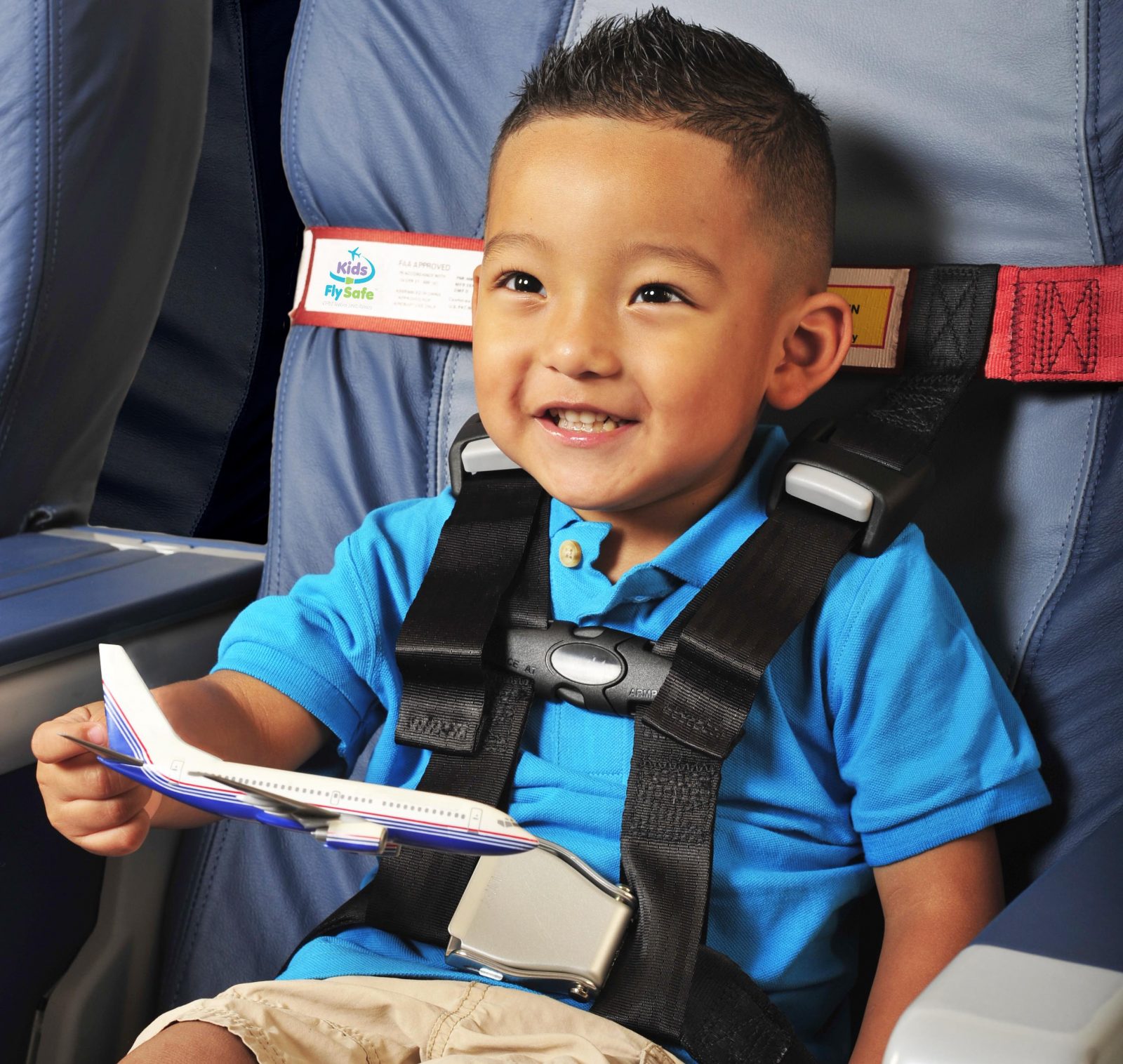
A flight attendant union in the United States is imploring the industry to introduce a relatively small but significant change that could make flying a lot safer for small children who are often carried on the laps of their parents. The Association of Flight Attendants would like to see the FAA make the use of special child restraint systems which require a dedicated seat mandatory for all U.S. airlines.
The union looks back to the tragic incident of United Flight UA232 which occurred in July 1989 for evidence of why small infants should no longer be carried on the laps of their parents or guardians – often with an extension seat belt.
111 passengers and crew, including a young infant, died in the accident at Sioux City after an uncontained engine failure. Many of the victims died from smoke inhalation after they weren’t able to get off the badly damaged aircraft in time.
Following years of investigation, the National Transport Safety Board (NTSB) included a recommendation to require all infants to be safely secured in their own seats on their “List of Most Wanted Safety Improvements”. The recommendation, however, was removed in 2006.
Nonetheless, the FAA still says the “safest place for your child on an aeroplane is in a government-approved child safety restraint system”. That echoes a 2015 document from the International Civil Aviation Organisation which goes on to explain that “proper use of restraints is one of the most basic and important factors in surviving an accident.”
The ICAO document goes onto explain:
“It is not possible for a parent to physically restrain an infant or child, especially during a sudden acceleration or deceleration, unanticipated or severe turbulence, or impact. The use of CRS provides an equivalent level of safety to infants and children as that afforded to adult passengers wearing seat belts.”
The flight attendant union points to the fact that child safety in motor vehicles has advanced significantly over the years and yet little has changed in air travel despite the evidence and recommendations from high-level organisations.
To this day, parents of children under the age of two must either invest in their own approved restraint system – like a hard-backed child safety seat or harness – or carry their child on their lap, using an extension seatbelt for taxi, takeoff, landing and turbulence.
“Flight Attendants are responsible for the safety, health and security of all occupants in the cabin of commercial aeroplanes. For our youngest passengers, we believe there is only one safe way to fly, and that is the reason for AFA’s steadfast support for requiring child safety seats for passengers under the age of two,” the union explains.
It’s not fully understood why the FAA or any other civil aviation authority in a second country hasn’t implemented the rule. Although the extra cost for what many airlines may consider a very small risk could have resulted in some pretty heavy lobbying over the years.
For now, however, it’s up to parents to not only buy an approved restraint device but also fork out for an extra seat if they want the gold standard of safety for their child when flying.
Mateusz Maszczynski honed his skills as an international flight attendant at the most prominent airline in the Middle East and has been flying ever since... most recently for a well known European airline. Matt is passionate about the aviation industry and has become an expert in passenger experience and human-centric stories. Always keeping an ear close to the ground, Matt's industry insights, analysis and news coverage is frequently relied upon by some of the biggest names in journalism.







